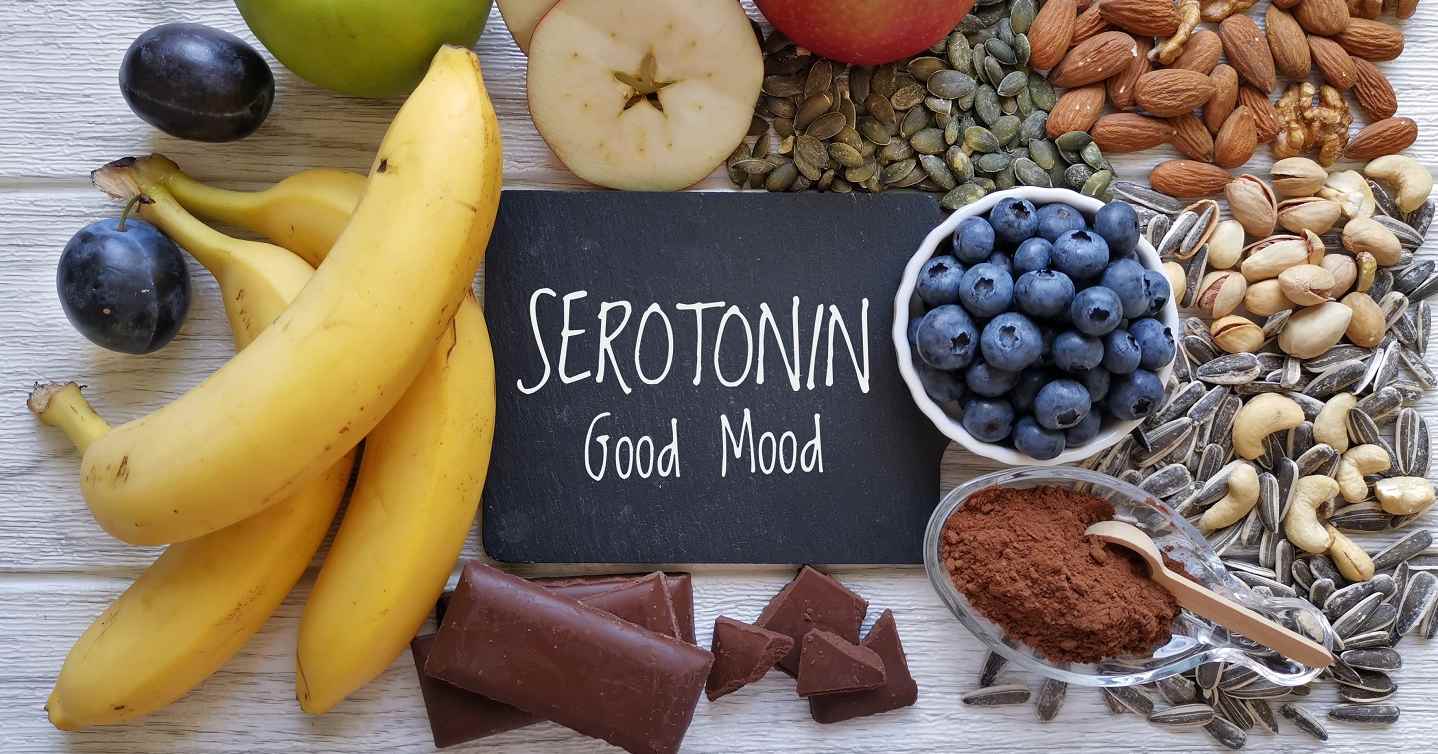Diet and Distress Are Closer than a Few Letters

Does Your Food Affect Your Mood?
By Jennifer Footit-Tank, quality care coordinator at Network Health
Published on 6/18/2021 at 2:30 p.m.
Many of us have gone on a diet to improve our body weight, cholesterol or blood sugar. While physical health is the primary reason people choose a new diet, the idea that altering your diet can affect your mood is gaining steam among medical professionals.
In fact, recent studies show that the brain and the gut are linked. Not only do your intestines digest your food but they are also lined with neurons that release important “mood hormones.” Perhaps the most notable of these mood hormones is serotonin. Serotonin creates a calming effect, inhibits pain and decreases depression.
Good food, good mood?
How does this all work? Can you actually improve the way you feel emotionally by making strategic choices at the grocery store or in front of your refrigerator?
The answer is a surprising ‘yes.’ By eating foods that promote the growth of “good bacteria” in your intestines, you increase the production of good chemicals like serotonin.
The inverse is also true. Eating a diet high in sugar and processed food causes inflammation in your gut which blocks this neurological growth.
So, what foods are “good mood foods?” A good rule to follow is to eat the rainbow. Not literally of course, but consider selecting fruits and vegetables that are brightly colored – like the colors of the rainbow.
Eat better to feel better
On your journey to improve the way you feel by tweaking your diet, start by paying attention to how you feel the day of and the day after eating certain foods.
Most of us, for instance, feel tired and unmotivated after consuming foods like red meat, processed foods, sugar-heavy beverages and alcohol. By taking note of the way food makes you feel, you can better understand the complex web of cause and effect that makes you feel a certain way.
Once you have identified a food or foods that cause you to experience feelings that do not improve your mental health, eliminate them for one to two weeks and re-evaluate your mood. As you work through meals you usually consume, keep a list of foods that make you feel lousy and ones that make you feel good or at least keep your mood stable.
Now the fun part, start to introduce new foods. Take it slow, one meal at a time or make one change per week. Try incorporating foods from these diverse categories.
Fiber
This includes fruits such as bananas or strawberries. Vegetables, beans and grains such as oats are also great choices.
Protein
Once per week, choose fish instead of meat or poultry. Fish is high in omega-3 fatty acids, specifically salmon and tuna.
Carbohydrates
Exchange those high-calorie carbs like bread, bagels and pasta for ones high in fiber and vitamins such as quinoa, sweet potatoes or kidney beans.
Something sweet
Enjoy one to two ounces of dark chocolate per day. Cocoa is a powerful source of antioxidants, so make sure you eat chocolate with a 70% or more cocoa percentage. Don’t like dark chocolate? Try berries such as blueberries or blackberries.
Healthy fats
Nuts are a great source of healthy fats. A handful of almonds, cashews or pistachios provide the nutrition your brain is craving and fill you up faster, helping to prevent over-snacking.
Probiotics
Fermented foods are great brain boosters. Consider a cup of yogurt, kefir, sauerkraut or kimchi at lunch to help pull you out of that mid-day slump.
Vitamins and Minerals
Leafy vegetables, oranges, mushrooms and grapes are all great ways to add more mood-enhancing nutrients to your diet.
To achieve the most benefits from your food, create a meal of lean protein, a carbohydrate and colorful vegetables. Don’t forget to stay hydrated throughout the day as dehydration can be detrimental to mental and emotional health. Think about how your food makes you feel and make choices based on those feelings.
Be mindful of the benefits of your food and how it will improve your well-being. To put it simply, eat food that makes you happy.
For more information on nutrition and wellness and how your Wisconsin-based health plan can help you get the most out of your healthcare, contact us today.

